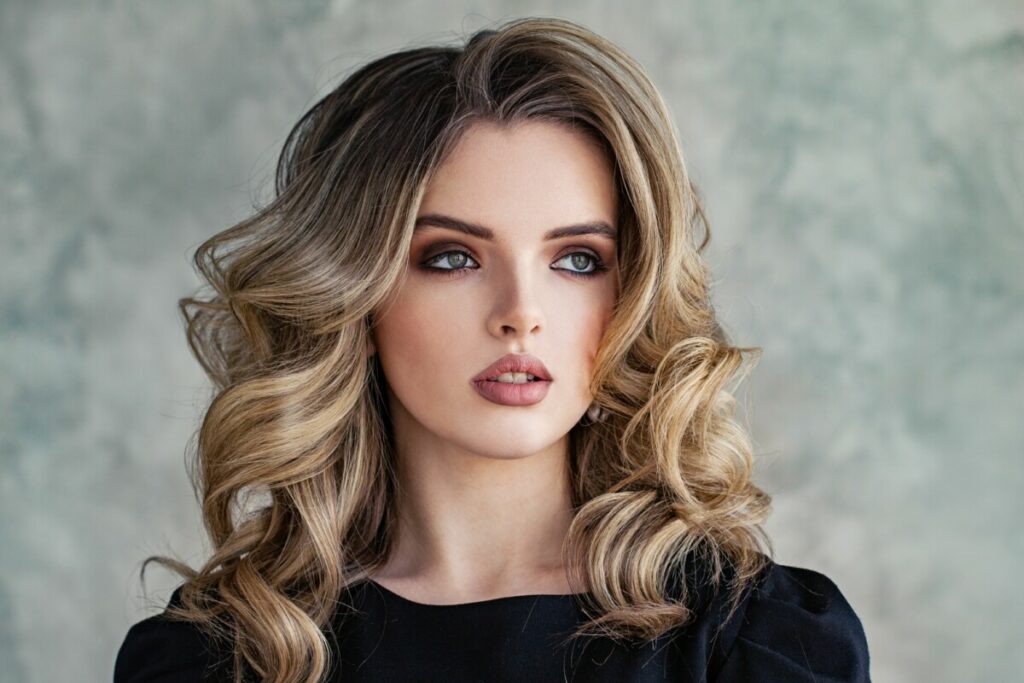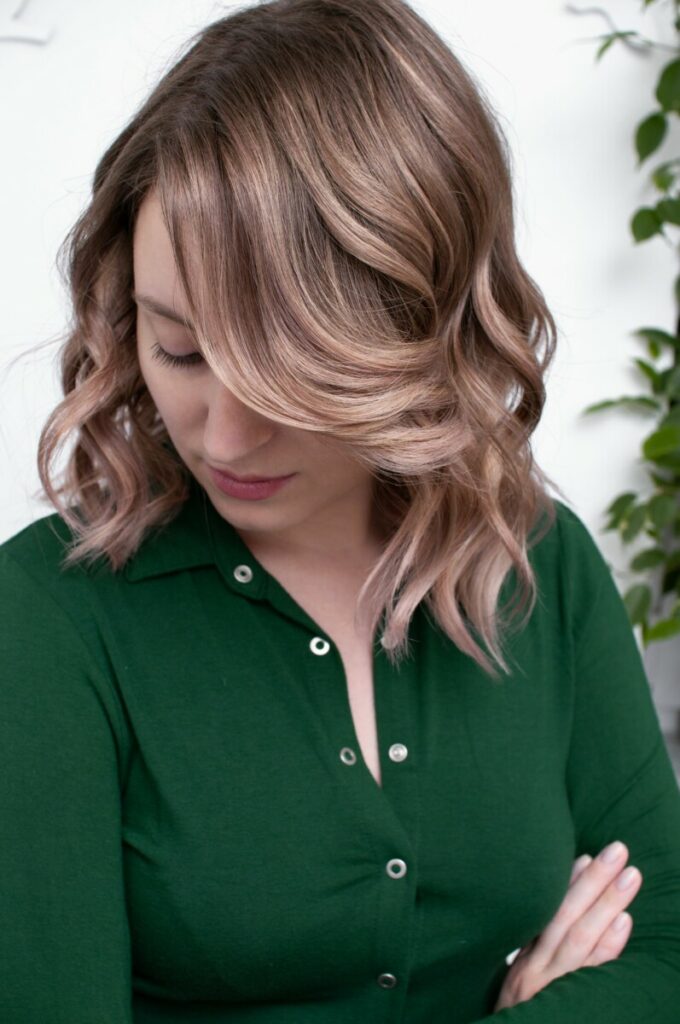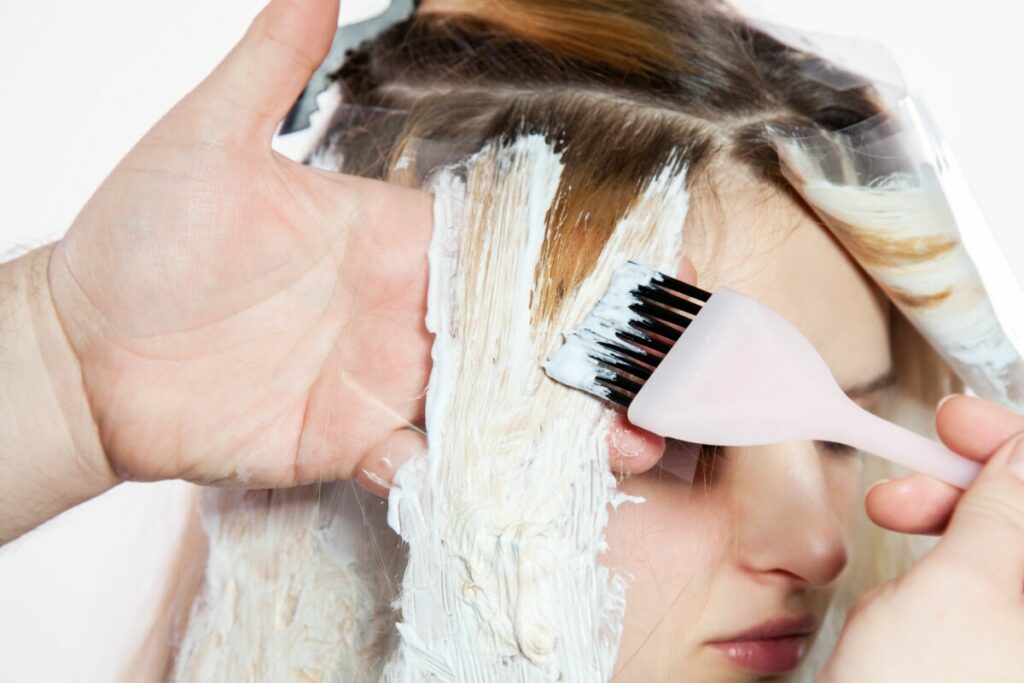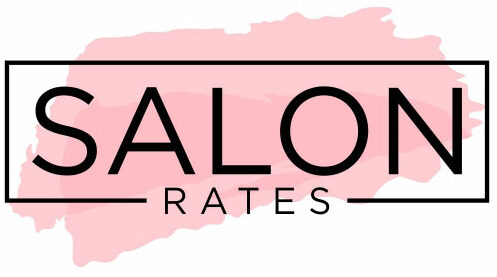
You’ve heard of hair highlights, but with a similar trend breaching the surface called frosted hair, you may be curious to know what the differences are. Because some hair coloring styles are more suitable for some complexions and hair types than others, this article will help you decide which one is best for you.
Frosted hair is the newer trend of adding light sheens of color to dark hair, but the light colors are cooler toned than the warm tones of hair highlights. The streaks of blonde that come with hair highlights complement skin with blue undertones, whereas frosted hair complements red undertones.
To learn more about the differences between frosted hair and hair highlights so you can determine which style will best suit your preferences, hair type, and complexion, continue reading!
Table of Contents
Frosted Hair Vs. Highlighting Differences
In the early 2000s, hair highlighting (highlights) became a widespread trend. The look of having streaks of blonde over and throughout your natural brown or dark hair created an interesting effect and added an extra dimension to your hair. But as hair trends die out, new ones replace them until you see a resurgence of the same trend a few years or even a decade or more later.
Hair highlighting is no exception to this cycle, except, now that it’s back, it’s taken on a new and evolved look, and it’s called something different. “Frosted hair” is much like highlights in that it creates a sheen of lighter hair color over dark hair, except it appears a bit more natural, less dramatic, and almost ombre-like.
The chunky, or sometimes subtle, streaks of blonde hair highlights are out, and the light “frosting” of blonde over dark hair is in. But that doesn’t mean that everyone has dropped traditional hair highlighting completely. Plenty of people still come into salons each day asking their hairdresser for this exact look because highlights simply suit some people better than frosted hair. Hair highlighting is a much more involved process, and it takes more intense chemicals to create a bolder contrast between the lighter streaks of hair and the natural dark hair.
Highlighting and frosting is the process of creating light sections and sheens of hair over naturally dark or dark-dyed hair, so they are similar in that sense. The biggest visual difference between frosted hair and hair highlights is that frosted hair is generally a cooler, ashy tone of light hair over dark, cool-toned hair, whereas hair highlights are generally warmer and brassy-toned over dark warm-toned hair.
What is Frosting?

Hair frosting is generally accomplished using a hair lightener and is generally focused on the ends and the outer layers of hair. A majority of the hair is the dark natural hair underlay, and the lighter layers of hair are only slightly dispersed through the rest of the hair. Think of a dark window on a cold morning with a layer of frost clouding it. This is where the nickname “frosted hair” comes from. This hair coloring technique creates that frosted look of light hair color lightly grazing the outer layers of the hair volume. The look is further accentuated by the cool tones of blonde added to the hair.
While frosting is considered a highlighting technique, less of the hair is lightened than traditional highlighting, and the sections of the outer layers that are lightened are larger. This is to create just enough blonde to help the color differences look seamless while also creating that contrast between layers. The frosting also doesn’t generally reach the roots of the head, so as it grows out, it creates that almost ombre-like effect.
Best Hair Types and Complexions for Frosted Hair
Because frosted hair is generally cool-toned blonde added to cool-toned brown, this look is best suited for those who have skin tones and hair types that best complement this hair tone.
Generally, the best skin tones that complement cool-toned hair are warm skin tones with yellow or red undertones. The technique will also look great with dryer, thin hair. Regardless of your complexion and hair type, when done correctly on someone with the right amount of confidence, anyone can pull off the frosted hair look.
How Hair Frosting is Accomplished
Hair frosting is most commonly accomplished using a hair lightener rather than bleach to create that extra sheen on the hair. Hair lightener is less involved and more gentle on the hair than bleach is. However, because it isn’t quite as intense as bleach, it may take several applications to achieve the desired effect. It is then finished off with a toner to take away any of the leftover warm or brassy tones.
The frosting process generally involves painting the hair lightener directly onto the hair, and the hair hangs freely while it absorbs the product rather than being tied up or wrapped in foils.
What are Hair Highlights?

Hair highlights are the result of lightening layers of dark hair. Oftentimes, it looks like more distinct streaks of blonde against dark hair, but more often not, it has more of an ombre-like effect, with the ends almost completely blonde.
It’s not quite as subtle as frosted hair, especially because the blonde streaks are more thoroughly dispersed through each layer of hair. Some people prefer fewer highlights than others, whereas others go all out, making nearly their whole head blonde with just the dark roots and a few sections of their natural hair color showing through.
Hair highlights are also generally more warm-toned, with yellowy, brassy-toned highlights against brown hair that has red and warm undertones. You may be able to notice the more distinct sections of highlights at the top of the head, which shows where the hair was sectioned out and bleached, but the colors blend together further down towards the ends.
Best Hair Types and Complexions for Highlights
Before you opt for hair highlights, you probably want to know if it’s going to suit your complexion and hair type best. The warm colors of the hair highlights work best with cool or olive skin tones with blue undertones, but the style can also suit women with warm skin tones that have olive undertones as well.
If your skin tone and undertones are all warm, frosted hair will suit you best over hair highlights, but with the right amount of confidence and the right hair-highlighting technique, anyone can pull off this look. The hair type that also best suits hair highlighting is hair that holds in moisture well, especially because the bleach used for this technique can dry out your hair. We recommend using a good and penetrating hair oil to keep your hair looking lustrous.
How Hair Highlighting is Accomplished
As we’ve mentioned above, hair highlighting is generally accomplished using hair bleach. This is a strong chemical that helps remove pigment from the hair and leaves behind a warm, yellowish blond. Oftentimes, the bleach needs to be reapplied multiple times or needs to be left on the hair for long periods of time to achieve the desired color.
Usually, small sections of hair are painted with the hair bleach, with the hairdresser starting from the tips and working the bleach up gradually, and then each section is wrapped in individual pieces of aluminum foil. A toner can be used afterward if the blond is a bit too brassy for the client’s liking.
